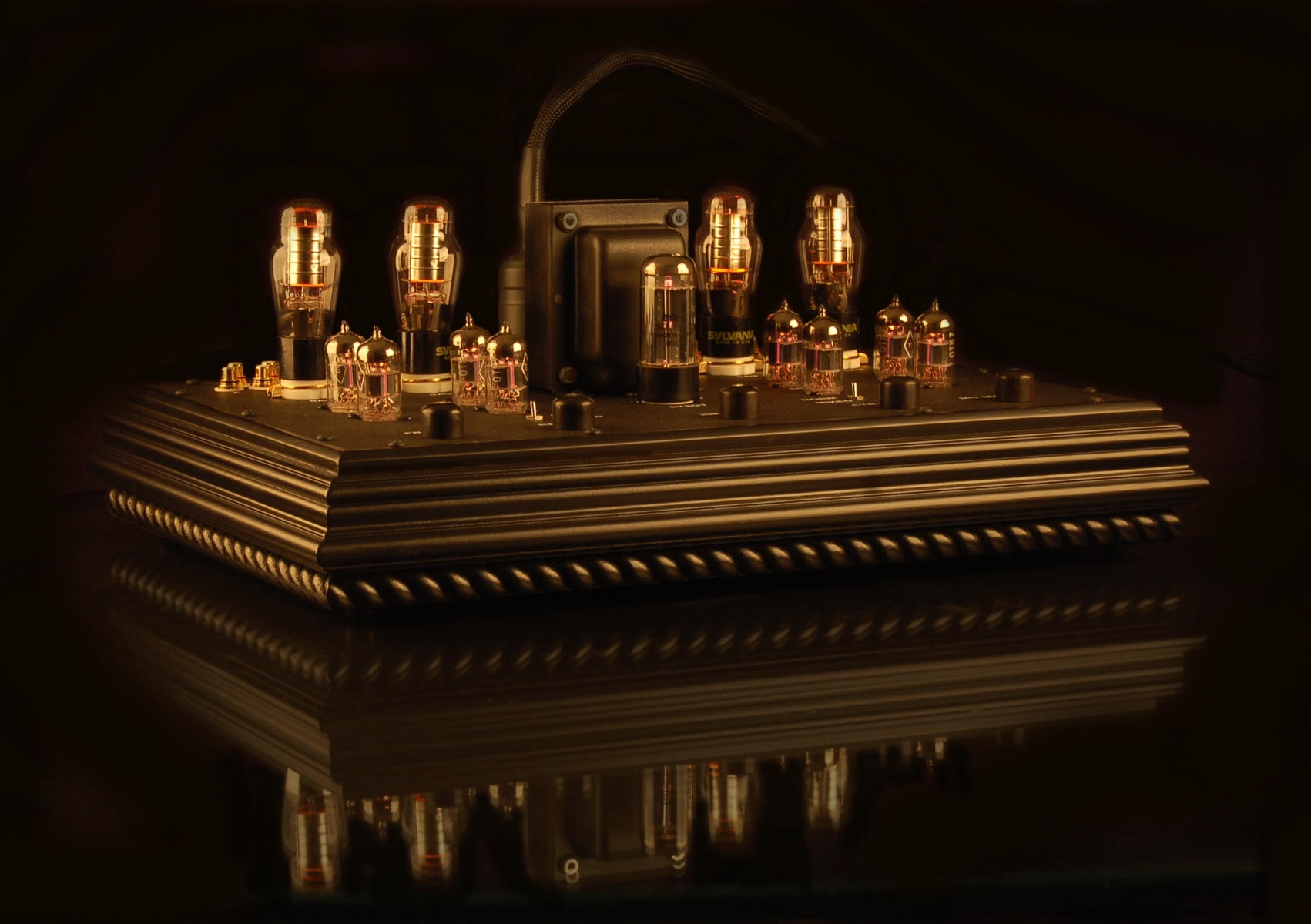Yes, and if you remember David Hafler Co. They made a power amp that you could short the speaker terminals, and it could handle the short circuit. The amp runned a high temperature with heavy mass heat sinks. So, it could drive these low impedance and the cost was very cheap, and truly high end product. Also, Mark Levinson had the Model 2 monoblocks, they were designed to drive the famous HQD system. Hartley-Quad-Decca. That was in the early 80s. The amps were class A @ 25W/ch. Their weight were about 80 pounds each. Threshold was another brand that could handle very low impedance. Bedini, Sumo, Forte, are others. The impedance is an AC resistance and varies depending of the frequency. Yes, 1 ohms it very, very low. Very difficult to drive, but not impossible. Frank Van Alstine is other manufacture that is on the high end since long time ago. But, I read and understand your point. Why to bother designing 1 ohm speaker, if there are only just a few power amps that could handly it, right? Well, the answer is that there are amps that did use those speakers as a tool design. ML was another brand that many audio manufactures used it as a tool design, as I recall, Mark Levinson, Conrad Johnson, Audio Research, Krell, Aragon, Bryston, Acurus, Classe, Sonic Frontiers, Jef Rowland, Spectral, to name a few. Happy listening!
Well said Roberto ...and thanks for the history lesson




